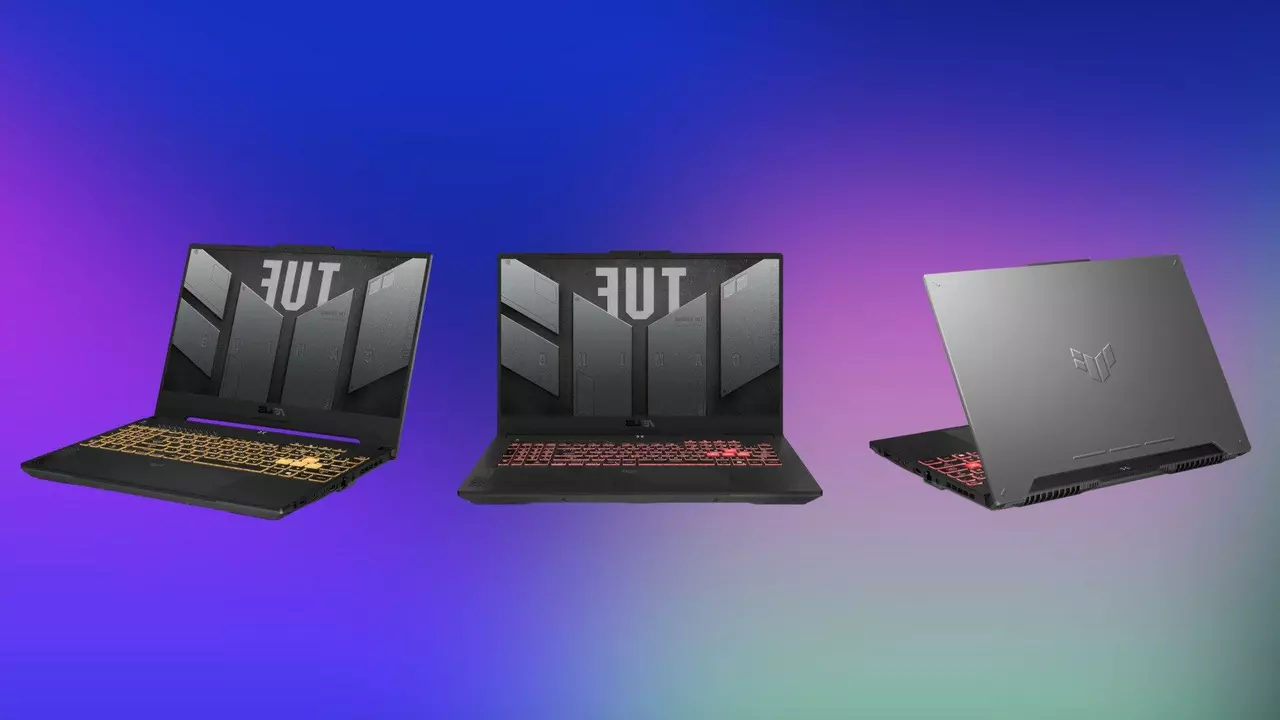32GB RAM: What It Is and Why You Might Need It
If you’ve looked at PC specs lately, you’ll see “32GB RAM” pop up a lot. It simply means the computer can hold 32 gigabytes of data in its short‑term memory. More RAM lets the system juggle more apps, bigger files, and tougher games at once. For many everyday users, 8GB or 16GB is enough, but certain tasks start to feel smooth only when you hit the 32GB mark.
When Does 32GB RAM Make Sense?
Creative pros are the biggest fans of 32GB. Video editors working with 4K footage, 3D modelers handling complex scenes, and music producers stacking dozens of tracks all benefit from the extra headroom. Gamers who love open‑world titles with massive textures also notice fewer hiccups. Even if you’re not a specialist, running several browsers, office apps, and a streaming service together can feel snappier with more memory.
How to Pick the Right 32GB Kit
First, check your motherboard’s specs. It will list supported RAM speeds (like 3200 MHz) and the number of slots. Most kits come as two 16GB sticks, which fit most boards that have two or four slots. Match the speed to what the board recommends – faster isn’t always better if the motherboard can’t handle it. Look for reputable brands that offer a lifetime warranty; you’ll thank them if a stick dies later.
Next, think about latency. Lower numbers (CL16 vs. CL18) mean the RAM can fetch data a bit quicker. The difference isn’t huge for everyday use, but it matters in high‑end gaming or rendering. If you’re on a tight budget, pick a kit with decent speed and latency that fits your price range. You can always upgrade later if you need more.
Before you buy, run a quick check on your PC’s power supply. More RAM draws a small amount of extra power, but a low‑wattage PSU might struggle if you already have a high‑end GPU and CPU. Most modern power supplies handle the load, so it’s rarely a deal‑breaker, but it’s worth confirming.
Installation is straightforward. Power down, open the case, and locate the empty RAM slots. Align the notch on the stick with the slot’s key, press down firmly until the clips click. Run a memory test (Windows Memory Diagnostic or MemTest86) to be sure the sticks are recognized and stable. If the system fails to boot, double‑check the seating and the BIOS settings – sometimes you need to enable XMP to run the RAM at its advertised speed.
Finally, consider the long‑term value. Prices for 32GB kits have dropped compared to a few years ago, but they’re still an investment. If you’re planning to keep your PC for several years, buying a quality kit now can save you from another upgrade soon. Keep an eye on sales around holidays; you can often snag a good deal.

In 2023, having 32GB RAM for gaming might not be overkill considering the rapid advancement in game development. As games grow more complex and graphics-intensive, the need for higher RAM capacity is only expected to increase. Developers are pushing the boundaries of gaming realism, which, while enhancing gaming experience, also requires more system resources. However, for casual gamers who don't chase after the latest AAA titles or high-end VR experiences, 16GB RAM might still suffice. So, whether 32GB RAM is overkill or not, largely depends on the games you play and how future-proof you want your system to be.




